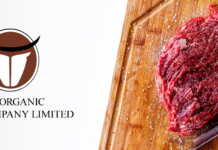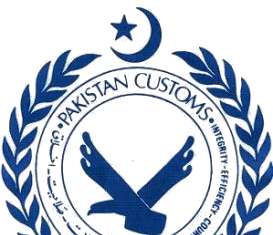Over the last two weeks, the price of fresh milk in Karachi has reduced by half as demand for the same collapsed due to emergence of Lumpy Skin Disease (LSD) in cows, as consumers reduced, or eliminated consumption of milk due to a risk that the disease may be somehow transferred to humans through milk. Although there is no evidence that any transmission can take place, while the detection rate is also less than one percent – just the scare was enough to discourage consumption, resulting in a sharp reduction in price of milk across the city. Similarly, there has also been a significant drop in demand for beef, as retail and wholesale customers alike shied away from consumption of beef, substituting it with other proteins.
The fresh milk segment is largely informal in nature, devoid of any base-level quality control, or biological asset monitoring. Absence of any quality controls leads to a scenario where quality of milk available at retail level is arbitrary at best, often having adverse healthcare consequences. A formal market for milk has certainly developed, but excessive taxation has kept its growth and potential multiplier benefits restricted.
LSD isn’t anything new, it has been around for decades now, and its viral outbreak has been documented in many jurisdictions. Availability and timely vaccination of biological assets can ensure that such an outbreak can be avoided. However, a lack of focus on vaccination, and unavailability of disease-free zones keeps the country’s livestock exposed to disease outbreaks. Despite being one of the largest dairy producing countries in the world, we barely have any exports of our product, largely due to any focus on value addition, and inability to ensure disease free livestock. Similarly, export of meat is also largely restricted to the GCC region, as our produce does not meet disease free, and vaccination requirements of other major meat buyers in the world. A lack of focus on ensuring availability of disease-free animals restricts the ability to export in the global market, while continuing to serve the local market at prices which are often higher than global.
Milk is a perishable commodity, in absence of any appropriate storage facilities, and a fairly small value-added dairy sector, demand destruction eventually leads to wastage of milk, which has a double whammy impact, as producers are able to sell less, and that too at lower prices. The recent crisis has exposed the vulnerability of the dairy and meat value chain to disease. In absence of any corrective action, or a national level policy for development of disease-free zones, and a national vaccine rollout, such events may continue to happen on regular basis, resulting in economic losses for the producers, while enhancing healthcare costs for consumers.
Given our natural endowments, Pakistan should have a competitive advantage in everything agricultural, from produce, to livestock – however, inability to maintain quality, and enhance yields has restricted ability to tap the global market, which requires products to meet base-level phytosanitary requirements, before any product can be sold. Avoiding such a crisis in future would require a more serious focus on vaccination, quality controls, and emergence of disease-free zones. It will also require a rollout of track and trace solutions through which product can be traced back to the biological asset, in case there are any quality concerns. Building such an infrastructure from ground up would certainly be a challenging proposition, but that would bring our market up to standards of the global export market. In a scenario where we are constantly struggling with generating additional dollar of exports, dairy and meat exports is a largely untapped area, which has a considerably higher financial and development multiplier relative to other areas.
Although national action plans come dime a dozen, but concerted effort in this area would not only safeguard the producers, but also generate precious foreign exchange reserves for the country. We can either work on fixing the vulnerabilities of the supply chain, which range from unavailability of vaccines, to lack of trackability, and enhancing exports – or we can maintain the status quo and wait for yet another disease outbreak, while forgoing potential export revenue that can be generated.
























Please let the public know when can public use beef after this outbreak of disease on livestock thanks